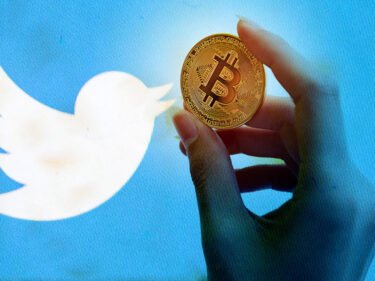
A new tone and pace have been set by Fed’s digital dollar plans as they continue to investigate the possibility of creating a digital version of the US dollar NSE 0.11 per cent, a high-stakes endeavour for the central body responsible for sustaining the world’s reserve currency.
Following up on his unusual public video announcement last week, Federal Reserve Chair Jerome Powell announced this summer’s release of a discussion paper on digital payments that would cover the advantages and disadvantages of a US central bank-issued digital currency of their own.
Because the Federal Reserve Digital Currency is the world’s reserve currency, the United States government has special borrowing privileges on international financial markets. According to statistics from the International Monetary Fund, it was responsible for almost 60% of official worldwide foreign currency reserves by the end of 2020. Only 2.25 per cent of the total is represented by the yuan, the Chinese currency.
Any mistake in the development and deployment of a US CBDC that undermines the country’s legal and financial standing may have serious consequences for the country’s financial standing. With more than $21 trillion in federal debt, this is a major concern for the Federal Reserve Board of Governors.
The Federal Reserve Digital Dollar is also the most widely used currency for cross-border transactions, and if the value of the digital dollar were to become unstable, it would have a negative impact on economies all over the world.
The increasing popularity of private money platforms may lead to a fragmentation of the payments system, similar to what occurred in the nineteenth century when separate banks issued their own paper scrip, which would result in unwelcome volatility and inefficiency, according to Brainard.
“Because of their potential volatility and the possibility of run-like behaviour, a preponderance of private money may bring consumer protection and financial stability concerns,” she said.
Despite the fact that stablecoins are usually collateralized with reserve money, the coins do not have the backing of a central bank, and their issuer may not have enough Federal Reserve Digital Currency reserves to support the coin in question. Powell said that as the usage of stablecoins grows, so must our attention be drawn to the need for a proper regulatory and supervision structure.
He went on to say that regulators would begin to “pay attention” to payment applications and platforms that are not regulated in the same way that banks or other financial institutions are.
So far, Powell’s comments do not seem to have had a significant impact on the cryptocurrency market. Bitcoin maintained its ground when his comments were made public, and it was the last trading at $40,239, a 1% decline from its previous day’s close.




